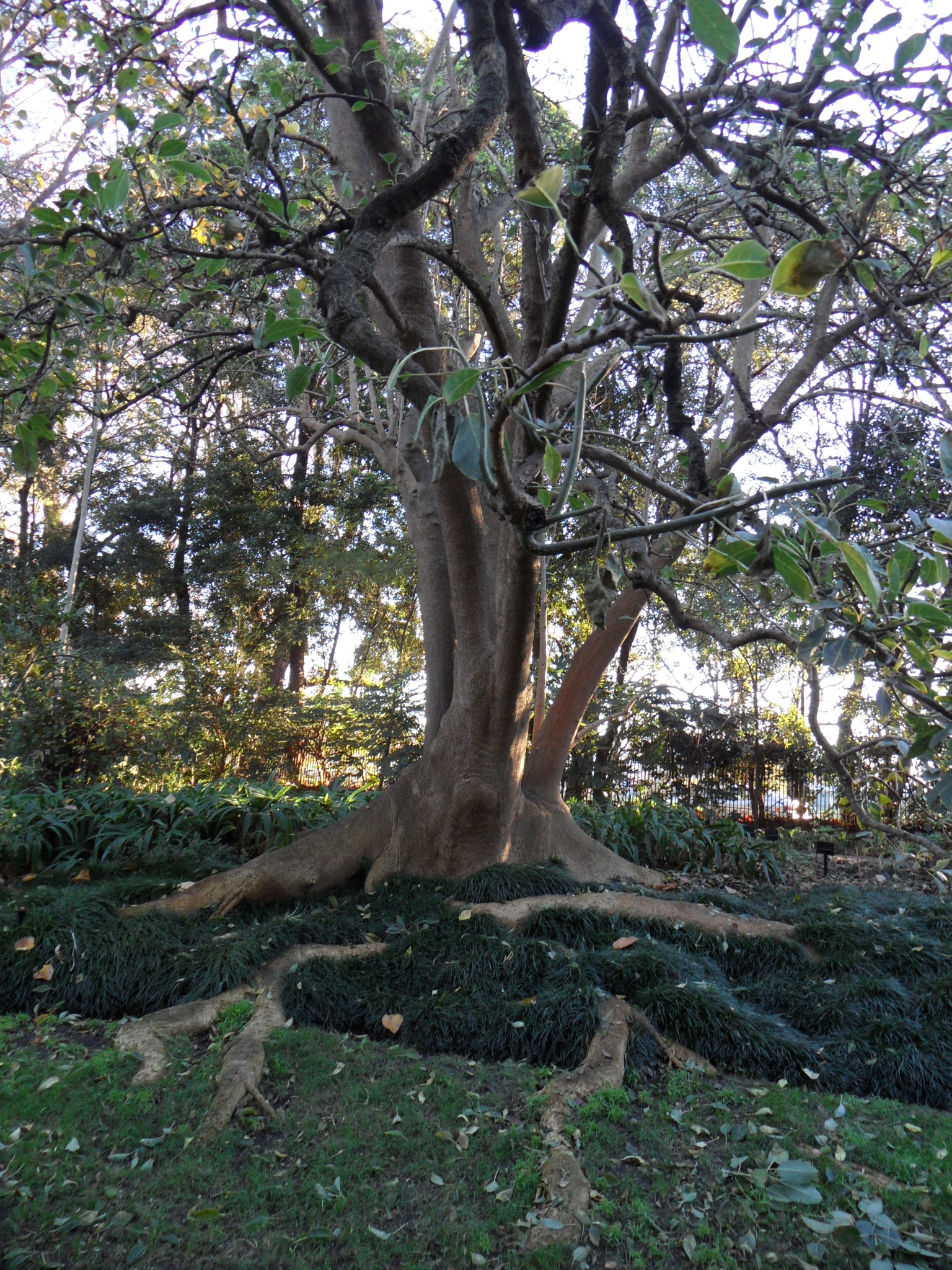
Greek phyton—plant, Persian laka—to dye, referring to the red dye obtained from some species.
Trees, shrubs or perennial herbs, often with red stems. Leaves alternate, ovate, elliptic or lanceolate. Flowers small, in terminal elongated clusters, or opposite leaves; sepals 4-5, persistent; petals absent; stamens mostly in 2 rings. Styles 5-16, free or fused. Fruit a fleshy berry.
Inkweeds are reported as poisonous to livestock.
P. americana L., Pokeweed of South America is a rarely cultivated species that has become naturalised in a few areas; it has fruits 6-10 mm wide on stalks 5-10 mm long with stamens and carpels mostly 10. P. octandra L. Red Inkweed or Pokeweed , a naturalised weedy herb from Tropical America, is occasionally grown in gardens; it is a perennial with leaves mostly 4-8 cm long (rarely to 20 cm), flowers almost stalkless, stamens and carpels mostly 8 forming purple-black bluntly 8-ribbed berries each 4-6 mm wide and on stalks 2-3 mm long.
Seed or division.
Segmented fleshy fruits producing an inky red or black dye.
About 25 species from the tropics and subtropics.
Source: (1997). Phytolaccaceae. In: . Horticultural Flora of South-eastern Australia. Volume 2. Flowering plants. Dicotyledons. Part 1. The identification of garden and cultivated plants. University of New South Wales Press.
